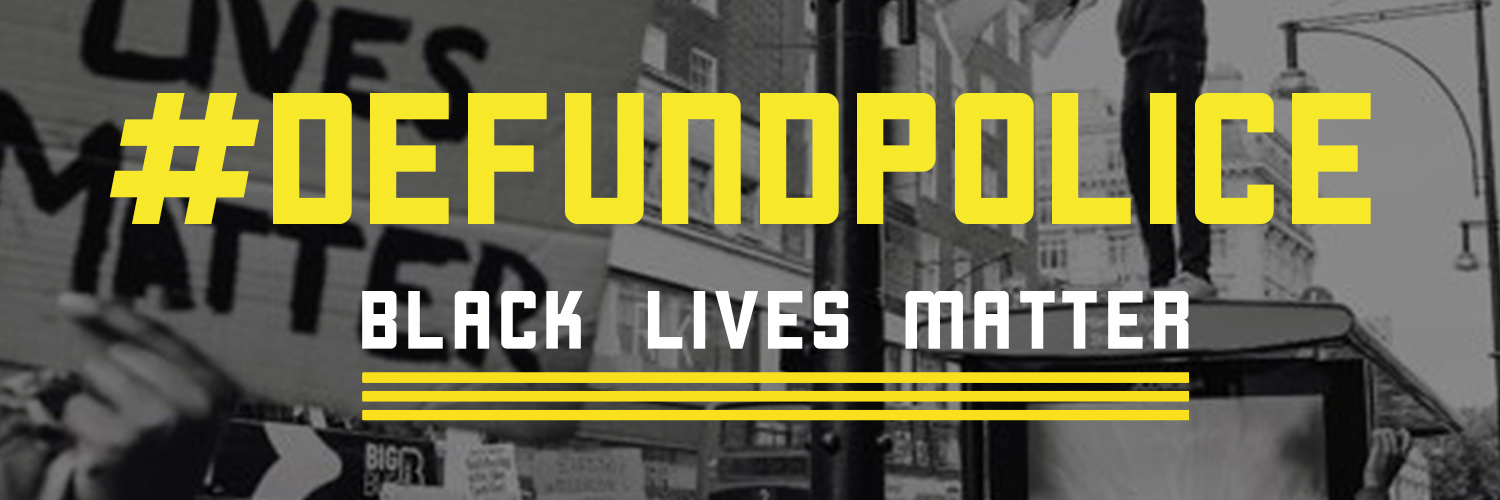Impressions from a Different Ingress Op

Operation PapaSmurf went off in the very early hours of October 4. Planning for this began back in August, with the same designer/planner who'd done the previous Ingress BAF operation I have blogged about. During September, the original planner had to drop out to devote more time to his greater work responsibilities, after a promotion. Happy news for him but it left the rest of us wondering what to do next.
My friend Cindy, my wife Jill and I stepped up to say, we'll take it over! But despite having participated in the previous operation, we three knew we were wayyy over our heads in planning something of this magnitude. Luckily, +Phil Visalli, an agent who had Onyx Illuminator from the first day Illuminator was a badge, was receptive to our pleas.
The original plan had us linking anchor portals in Corning to Olcott/Barker to Cape Vincent. Cape Vincent made for a lovely trip for us to farm keys and spend part of Labor Day weekend by the St. Lawrence River. But when Phil looked at our key inventory, he was immediately skeptical that the Cape Vincent anchors would be workable. His suggestion was that we instead consider Oswego for the northeast anchors. We could see the benefits: bypassing the heavy areas of Auburn and Syracuse in our eastern lane would make the clearing much more manageable. And we would not give up much in MU at all. I had perhaps the toughest time with this, but then I realized I was falling into the trap of the Sunk Cost Fallacy as I gazed at the Cape Vincent keys we had so laboriously farmed. Finally, I agreed.
Immediately, Phil was able to tap his deep network to obtain both keys and helpers for the Oswego area. We were on our way. Drawings were made and re-made a few times, and finally there was a design for 24 layers that looked workable. We selected the October 4 date to hit the end of a septicycle, which would be at 8AM that morning. The plan was to get the fields up by the 3AM checkpoint, then see if we could hold it until the 8AM.
At a meeting of the available team members on Sept. 18, Phil briefed us on the plan as it stood and explained the OpSec requirements for something of this size. Had there been leaks, there were just so many ways for the Toads to mess with it. No discussions outside of a single secured discussion room on Slack. No out-of-area activity for clearing during the week before the op. Phil arranged for friendly links to be allowed to decay, and for hostile links to be hit by players in their usual playing grounds.
Came the night of the op, the last remote blockers were knocked out and it was 2:20 AM, time to start throwing the long links. With every player on station and waiting for the Go signal, suddenly Phil's voice said, "Wait." A random blocker - a friendly! - had gone up across the inner western lanes. Phil did a nifty bit of on-the-fly replanning and announced that we could still do the op as planned, but with seven fewer layers. Meanwhile, he was trying to reach the n00b who had tossed that thoughtless link. And then he reached one of the clearing team members at home, who rolled immediately to Jarvis the offending block. 3AM checkpoint was approaching when the link was finally dropped. We got the first layer up with about nine seconds to spare. The rest went up after checkpoint, but at least seven of the layers survived until the 8AM and Resistance won the cycle.
If this reads like I am a charter member of the +Phil Visalli fan club, well, I guess it's because I am. His direction of this entire thing from early planning to real-time execution was most impressive. You can read the Google+ SitRep that Phil wrote for details, more photos, and the whole cast of characters. But since he wrote it, it's far too modest on the role he played in the success of the op.

